Cargo Ships Free Documentation
The documentation for your awesome theme or template
Introduction
- Theme Name : Cargo Ships
- Author : mishkatwp
- Support Forum : https://wordpress.org/support/theme/cargo-ships/
- License : GNU General Public License v3 or later
- Discription :The Free Cargo WordPress Theme is a user-friendly website template tailored for businesses involved in the cargo, shipping, and logistics industry. This theme serves as an excellent starting point for companies looking to establish an online presence without incurring additional costs. Visually, the Free Cargo WordPress Theme adopts a clean and professional design, incorporating elements that reflect the essence of the cargo and shipping industry. The color scheme is inspired by maritime aesthetics, featuring shades of blue and nautical elements to create a visually cohesive and industry-appropriate atmosphere. One of the notable features of this theme is its user-friendly interface, allowing even those with minimal technical expertise to navigate and customize their website effortlessly. The theme also supports customization of key elements such as logos, color schemes, and font choices, enabling businesses to align their online presence with their branding. Functionality is a key focus, and the Free Cargo WordPress Theme includes sections to prominently display information about services, shipping routes, and contact details.
Establishing the Theme
Configure Theme
You can also install your theme through the WP Admin interface
To begin, access your WordPress admin area by logging in. Once logged in, navigate to the desired task by clicking on...
1. In dashboard click on Appearance >> Themes
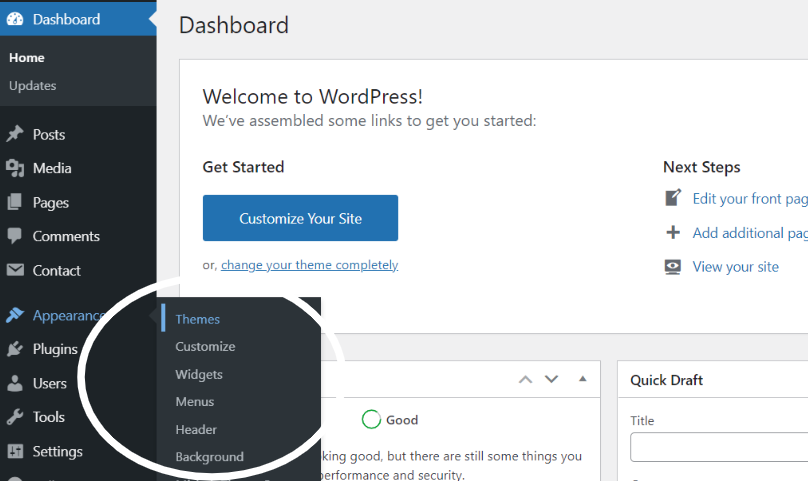
2. Once the page has finished loading, direct your attention to the top of the themes page. Locate the prominent "Add New" button and proceed to click on it. This action will initiate the process of adding a new theme to your WordPress site.

3. Click on the button labeled as 'Upload Theme'.

Select the "cargo-shipst.zip" theme from Browse button, and after that select "Install Now."

5. After successfully installing your theme, WordPress will display success message and a link to activate or view a live preview of it. You've done a great job installing your theme!
Configure Home Page
The options of this page template (like sections location, disabling sections, number of posts they display) can be controlled it.
To design a home page, follow these steps.
1. Make a page to set the template: visit Dashboard Pages -- Add New Page
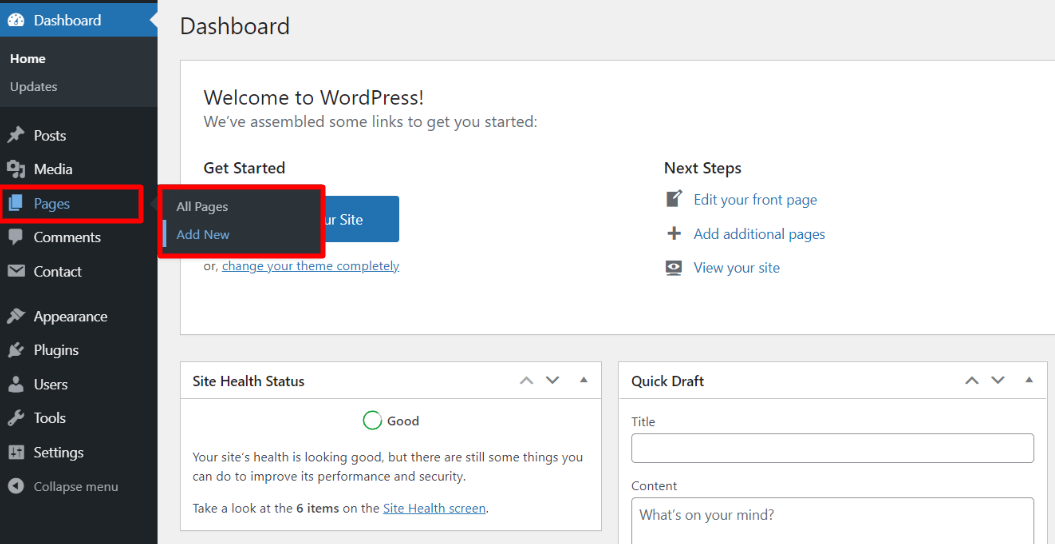
Name it "home" or anything as you like. Then, from the template dropdown, pick "front page template".
The Page Attributes section provides your page a parent page and a template.
1. Make a page to set the template: Go to Dashboard Pages -- Add New Page
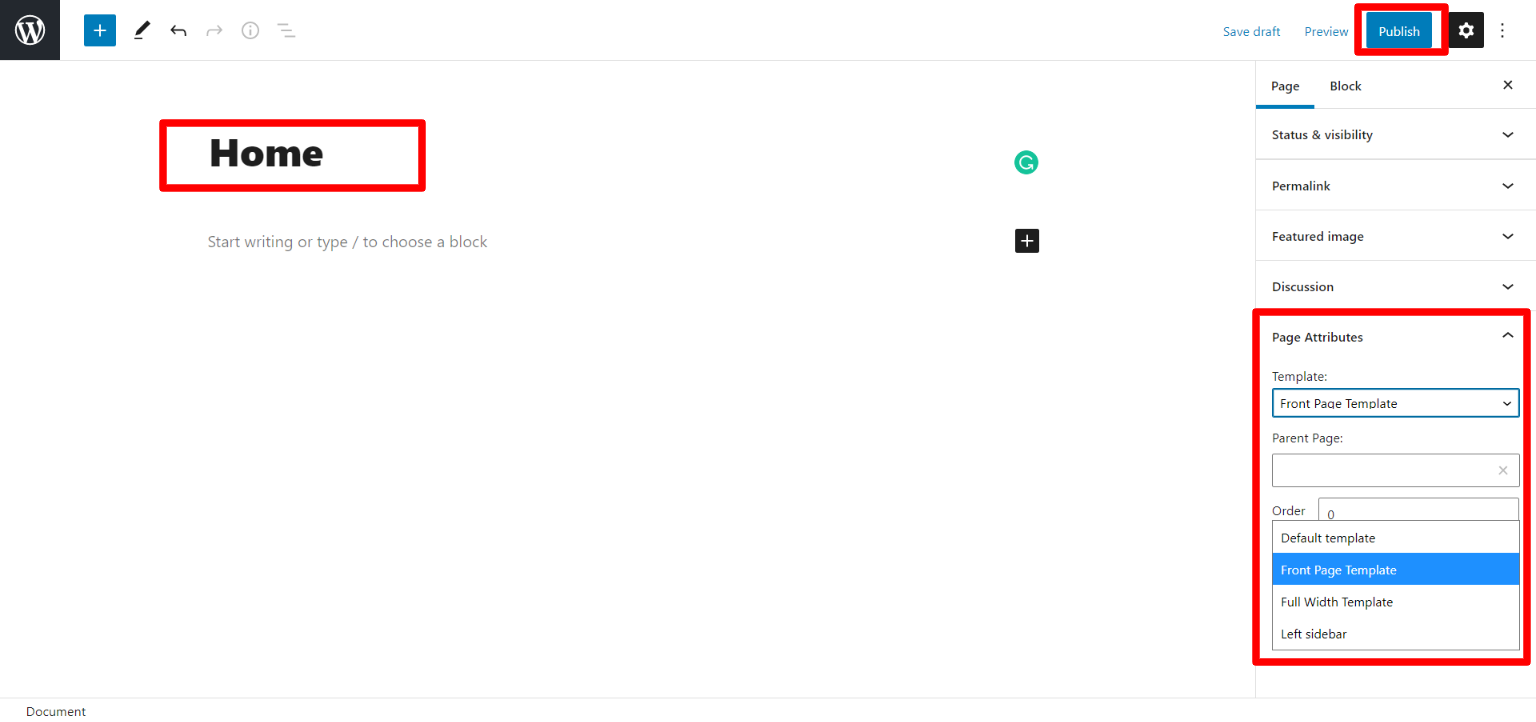
Design front page as follows: Visit Setting -- Reading -- To set the home page as a static page for your website
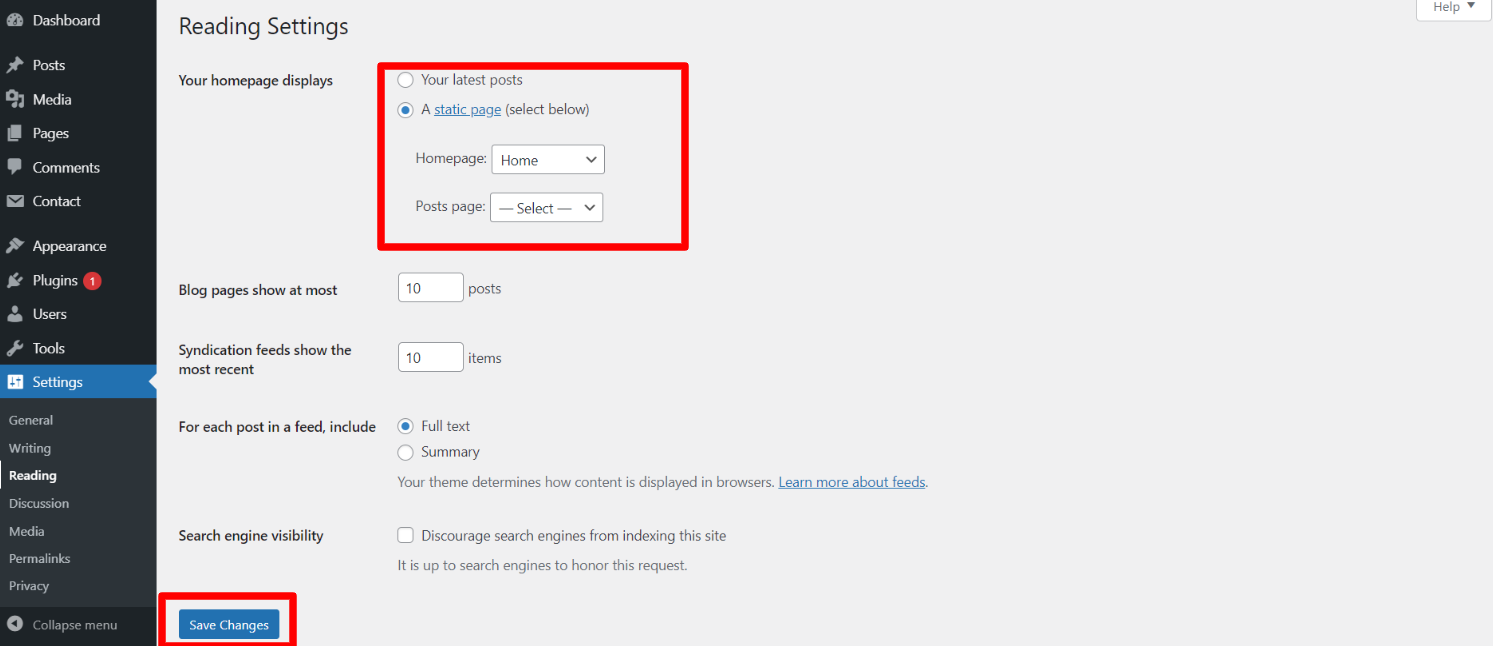
All of the demo content will be visible on top page once you're done.
Essential Plugins
When you initially activate the theme, you'll be asked to install these plugins on your Dashboard. You can ignore the message if you don't want to install these plugins on theme activation, and if you change your mind later, you can install them manually.
In the Dashboard, click on Plugins >> Install Plugins.
Kirki
Plugin download link kirki
Configure Menu
Configure Menu
In the dashboard, visit Appearance >> Menu
To access the Menu Editor, visit the Dashboard and click on the 'Appearance' menu on the left-hand side. From there, select the 'Menus' option.
To create a new menu, follow these steps:At the top of the page, select "Create a new menu".Enter a name for your new menu in the "Menu Name" box.Click on the "Create Menu" button.
Your new custom menu has been successfully created.
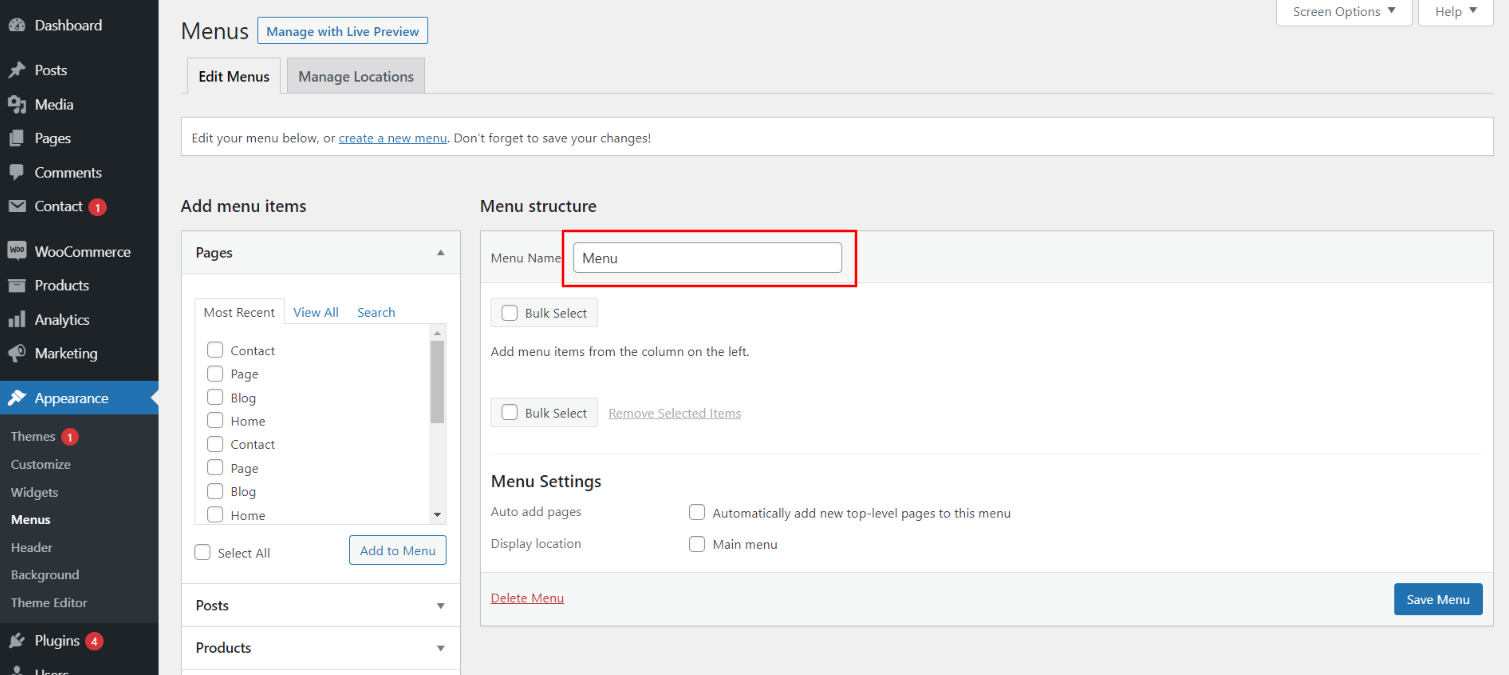
To add items to your menu
In the Menu Editor, locate the section labeled "Pages"
Click the checkbox next to each page's title that you want to add.
Once you have selected the desired pages, click the "Add to Menu" button.
Custom menu has been successfully saved
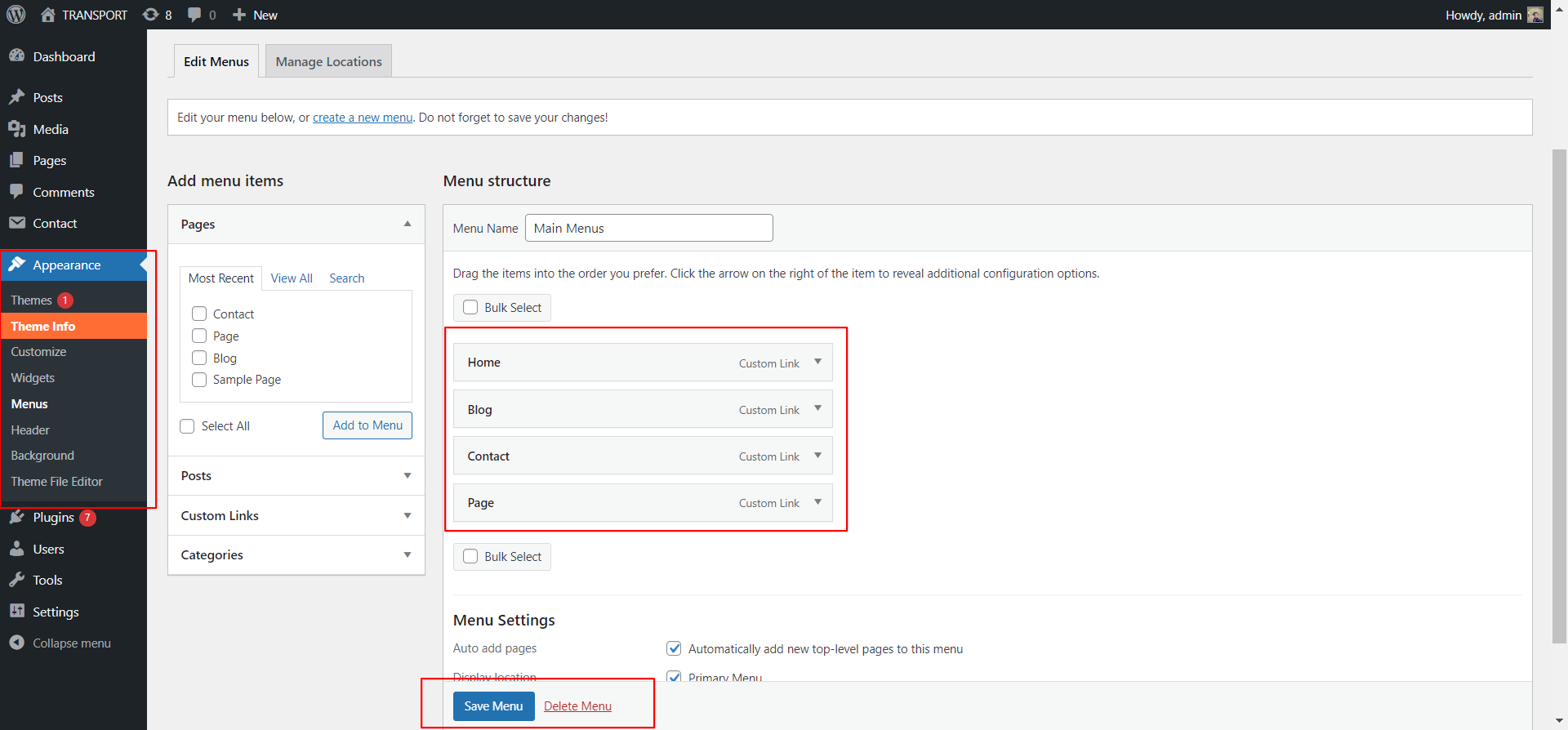
On the front end, the menu will appear as follows.

Cargo Ships Theme Configure
Logo Configure
Proceed with Theme Logo setup, you can set site title and tagline, proceed as described below.
In the dashboard, visit Appearance -- Customize -- Site Identity -- Set Title and Tagline You can also make the tagline hidden.
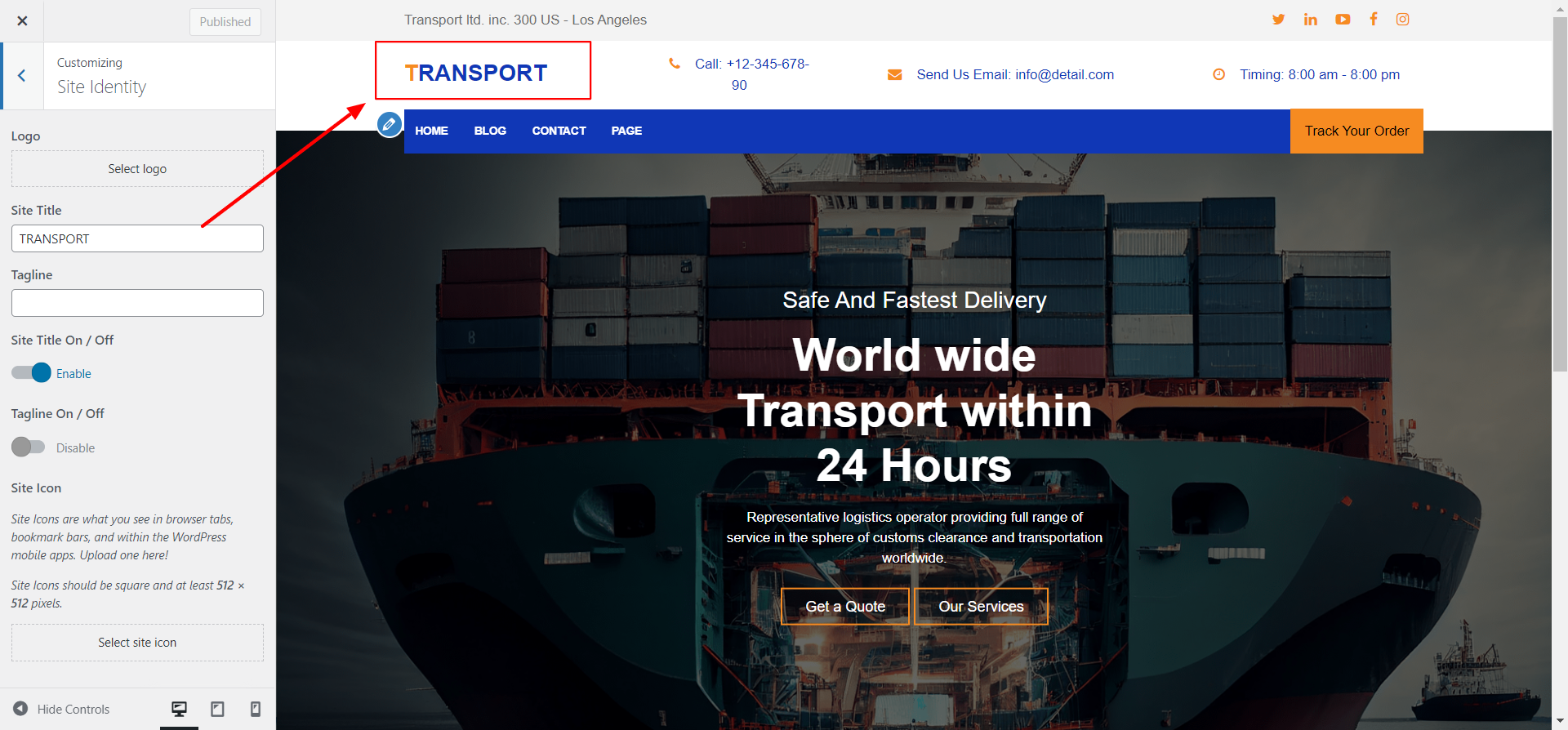
Top Header Social Links
Proceed with Header Social Links, so proceed as described below.
In the dashboard, visit Appearance -- Customize -- Top Header Social Links
You can set Header text. You can set social url.
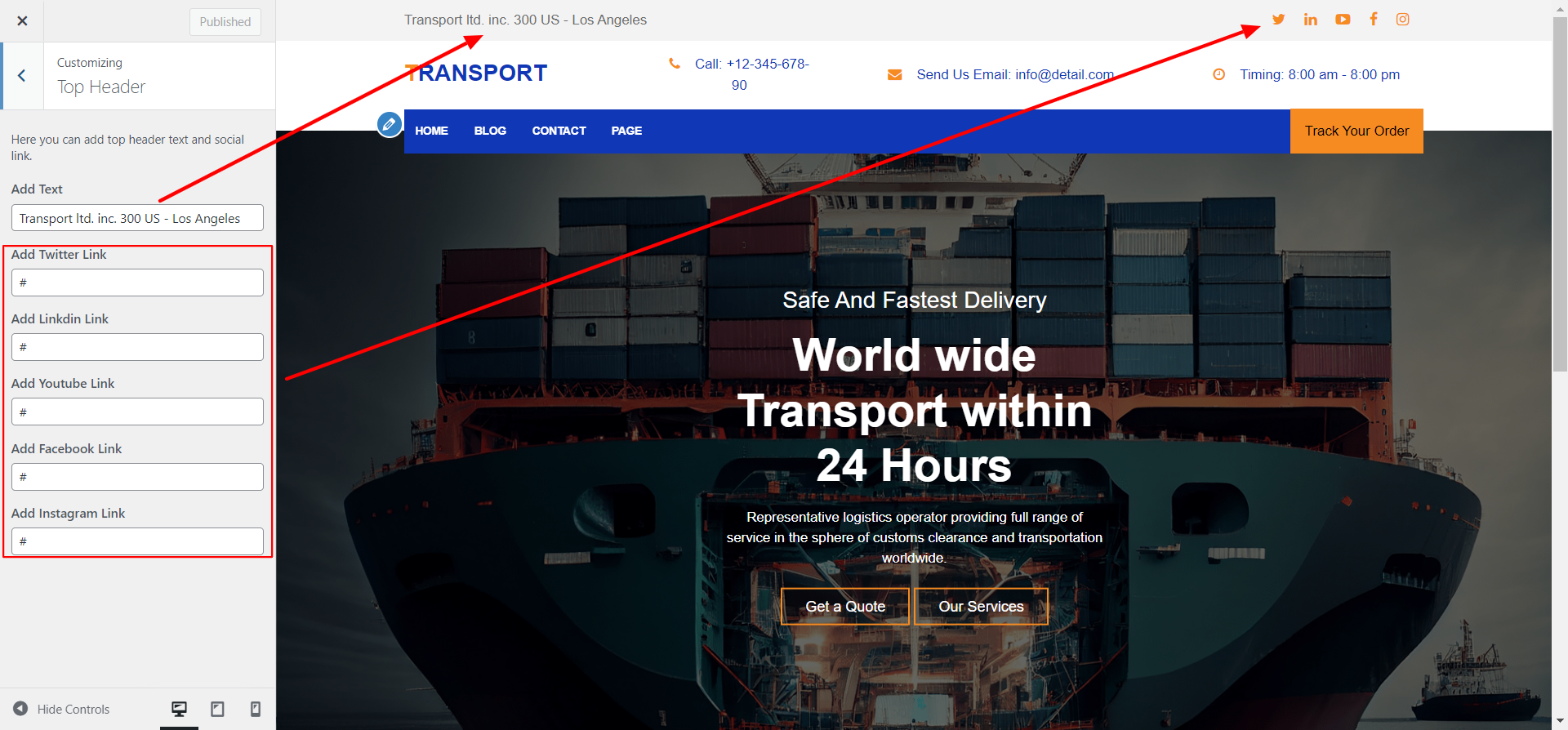
Header Button and Conatct Section
Proceed with Header Button, so proceed as described below.
In the dashboard, visit Appearance -- Customize -- Header Button
You can set Header conatct number, email address and location. You can button text and button url.
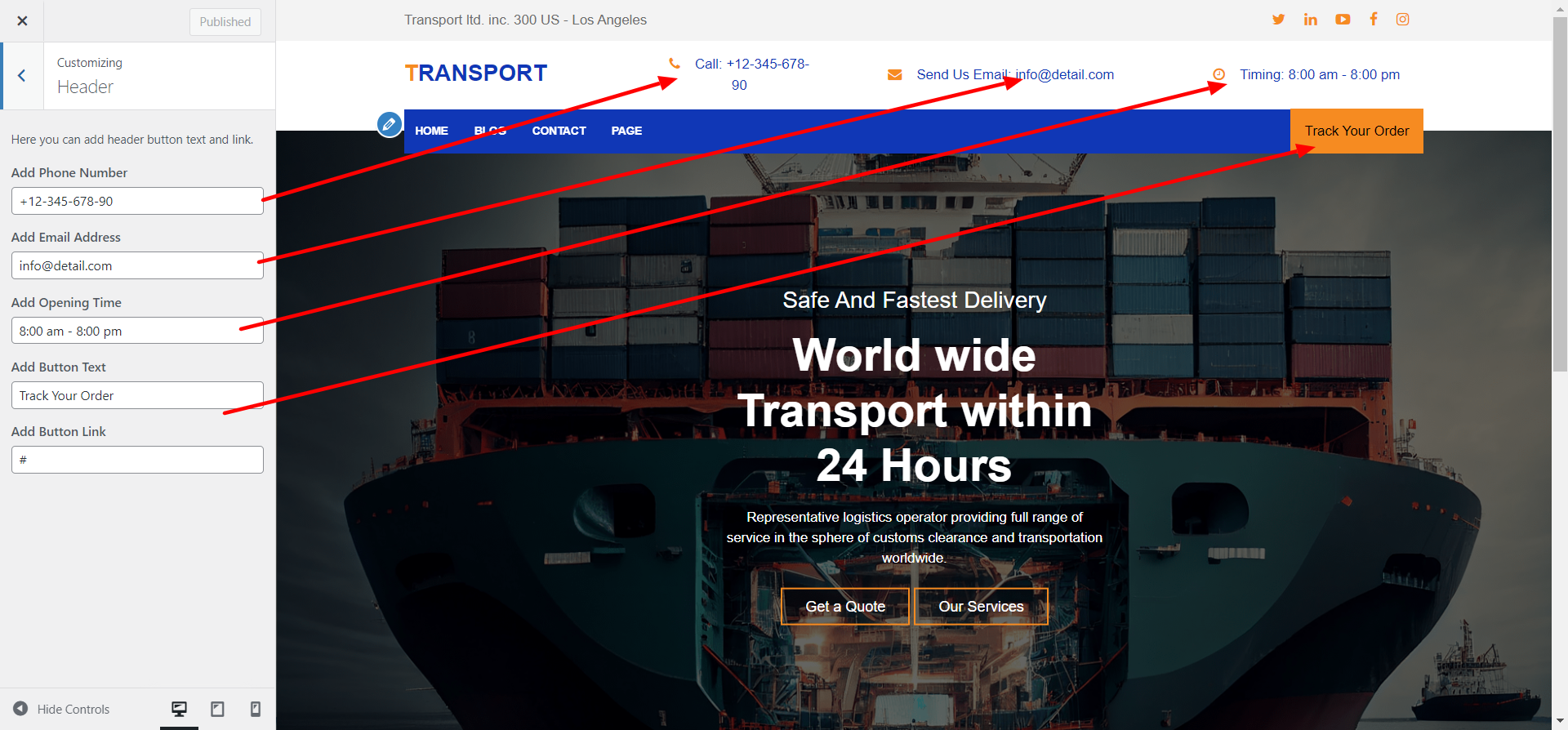
On the front end, the appearance will resemble the following.

Home Slider Section
Proceed with Theme Slider Settings , you can set slide show , proceed as described below.
In the dashboard, visit Appearance -- Customize -- Home Slider
Select number slides to show, then select image for the slide
Set all the details which is required for slider
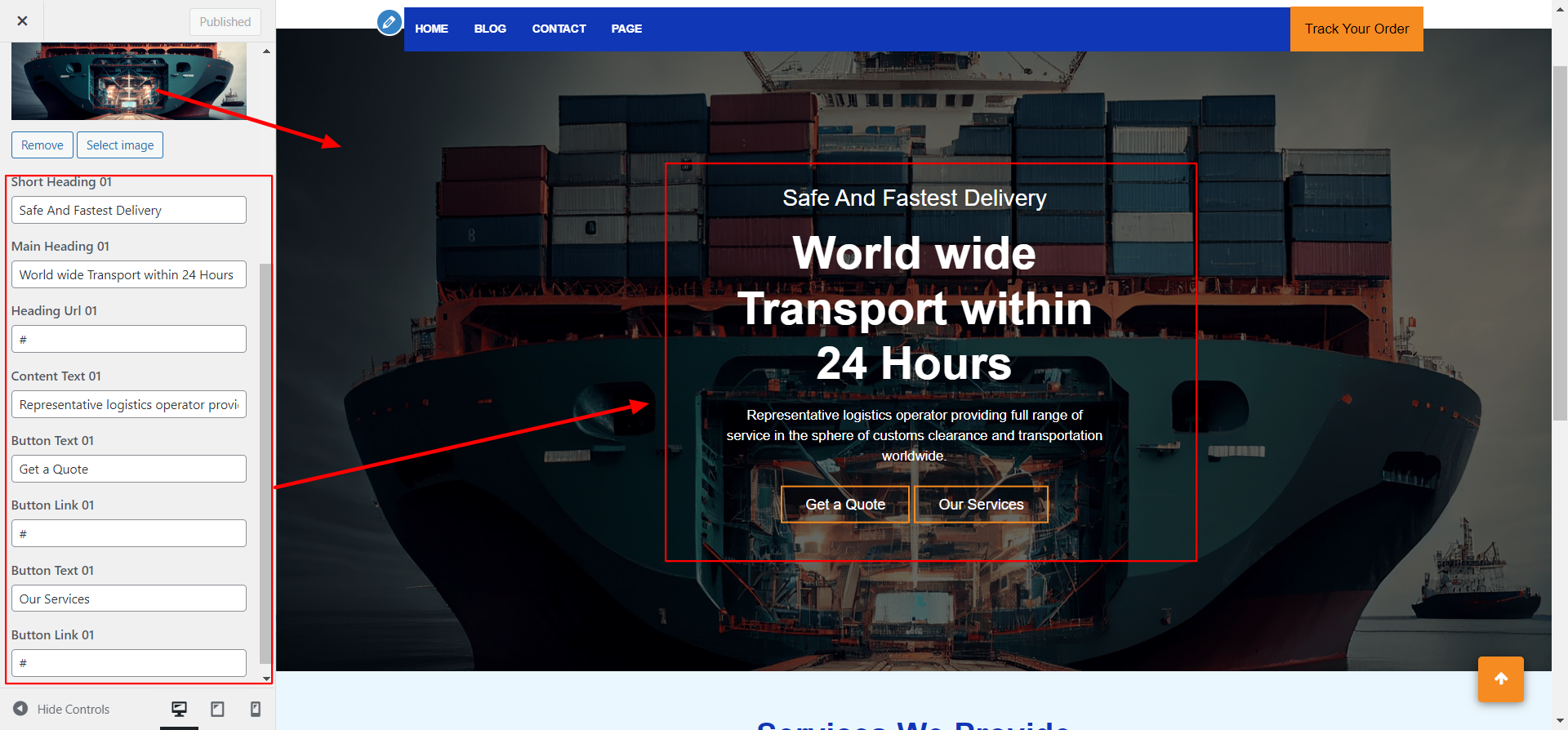
On the front end, the appearance will resemble the following.
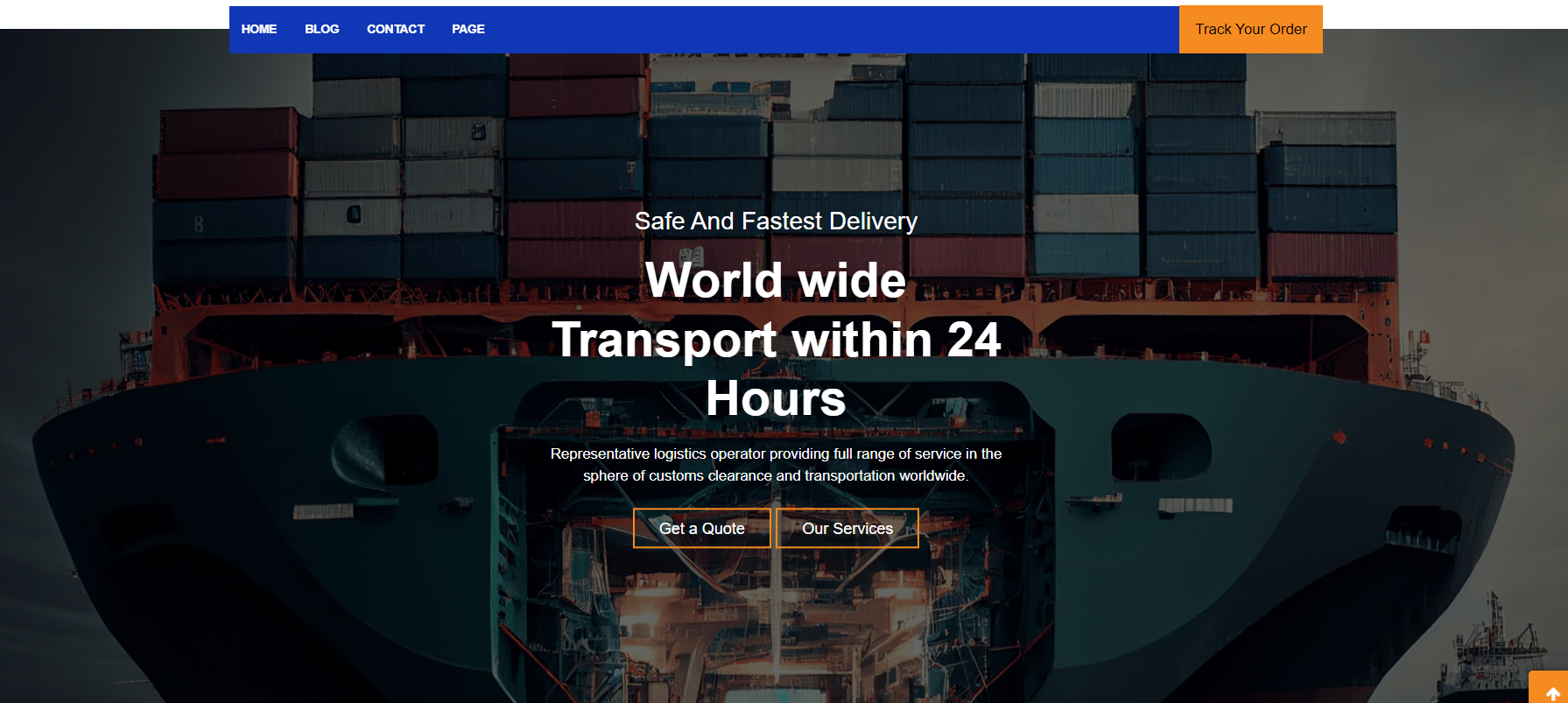
Services Section
Proceed with Theme Services Settings proceed as described below.
In the dashboard, visit Appearance -- Customize -- Home Services
Select number services to show, then select image for the services
Set all the details which is required for services
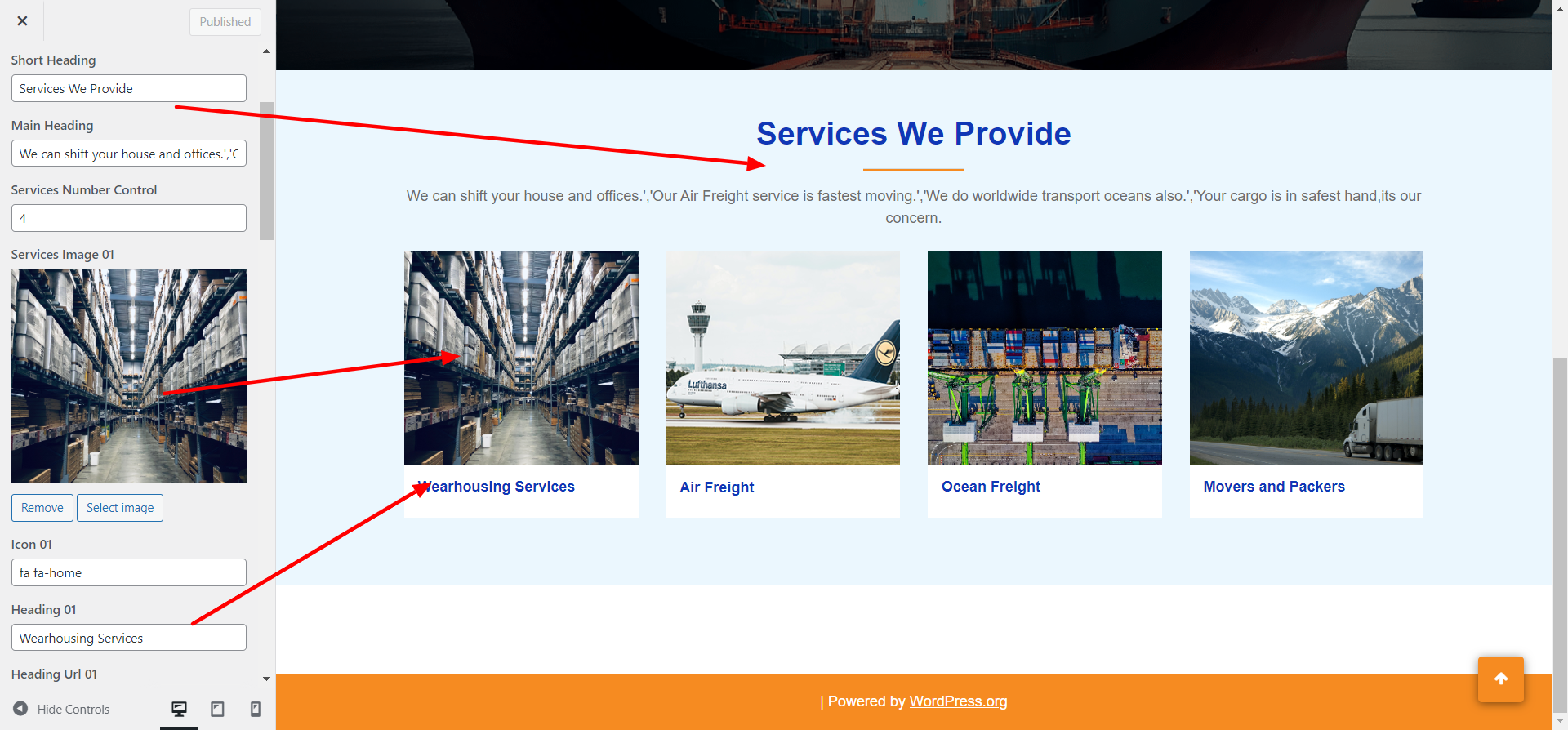
On the front end, the appearance will resemble the following.
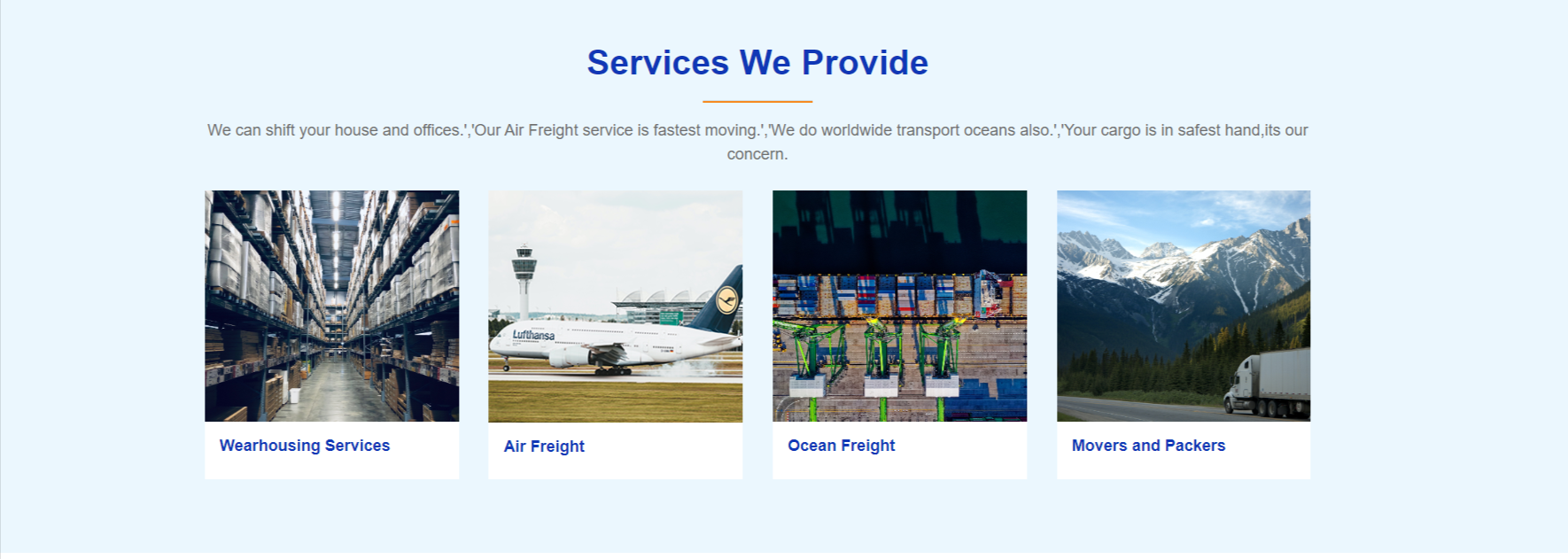
Configure Footer Section
There are four columns in the footer. Any widget can be added there.
1. In the dashboard, visit Appearance -- Widgets
To add widgets to the footer, see the screenshot below.
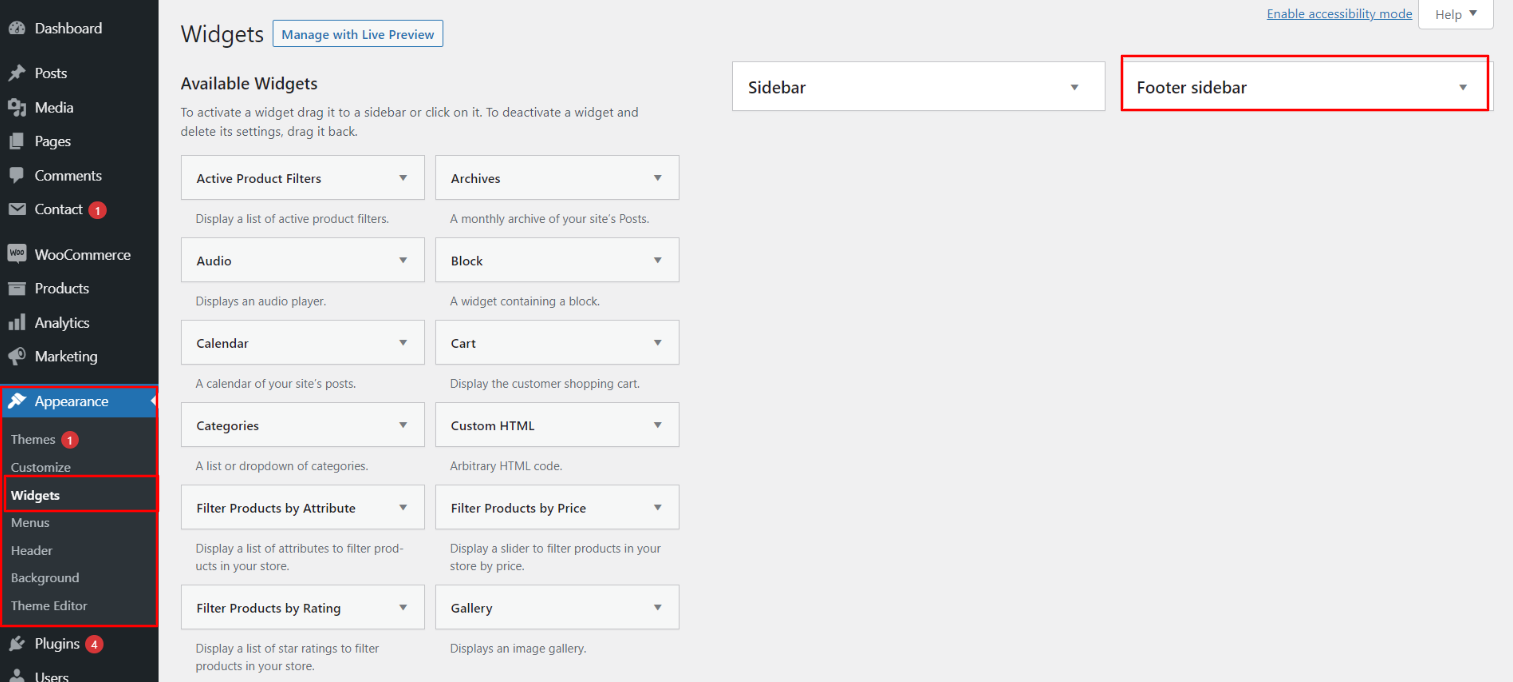
You can add footer coloumns, for that you need to select widgets like text, image, gallery, etc which allows you to add text or image as per your choice with ease.
Proceed with manage content for footer and add some widgets, navigate to, proceed as described below.
2. In the dashboard, visit Appearance -- Widgets -- Footer Sidebar
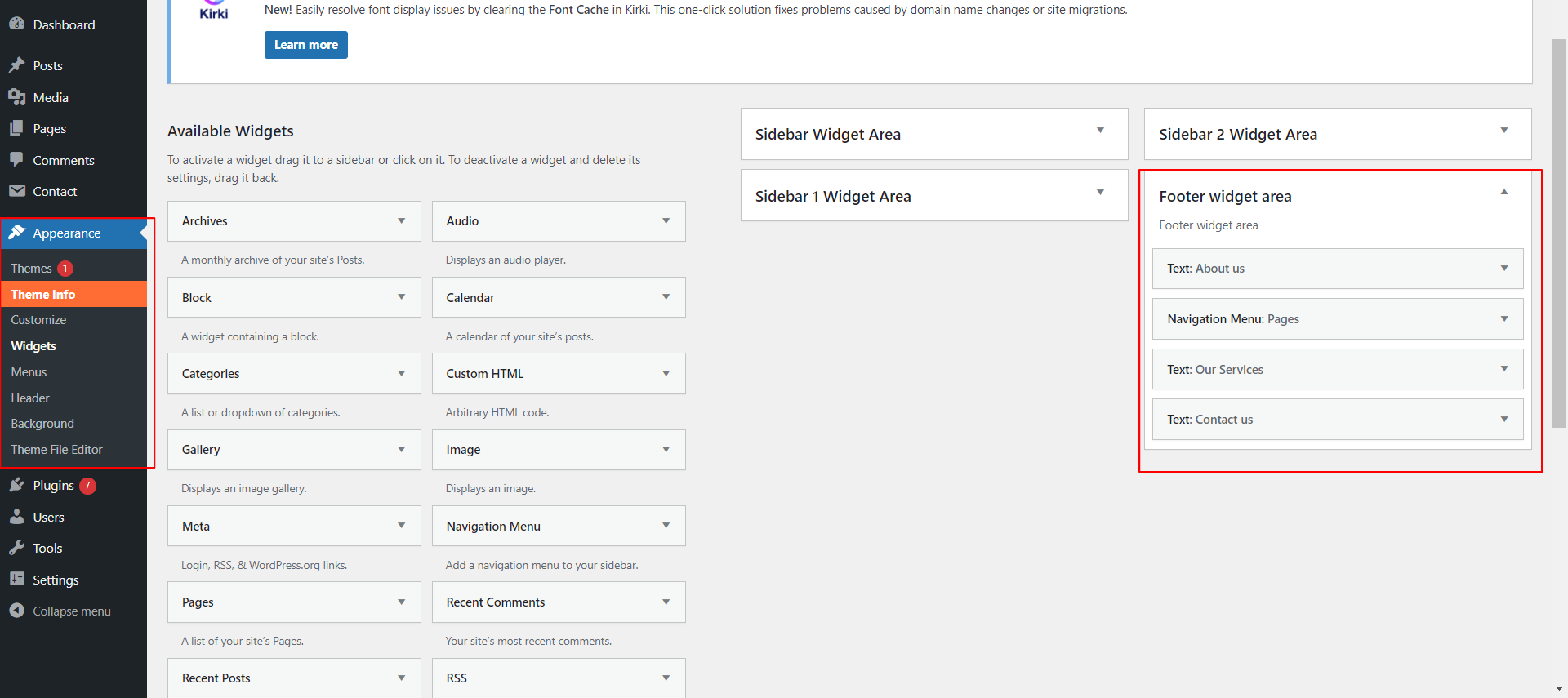
Your footer will appear like this once you have added widgets to it.
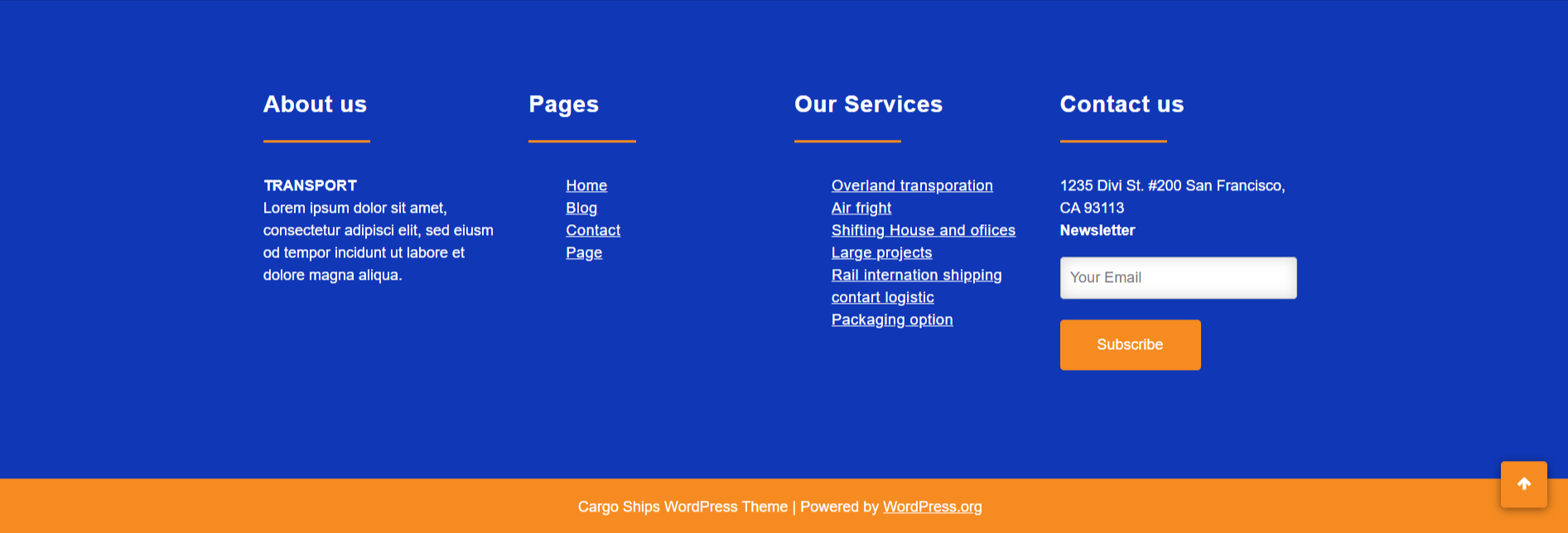
Footer Copyright Text
Proceed with footer Settings, You can fill the copyright content to footer copyright Settings.
5. In the dashboard, visit Appearance -- Customize -- Footer
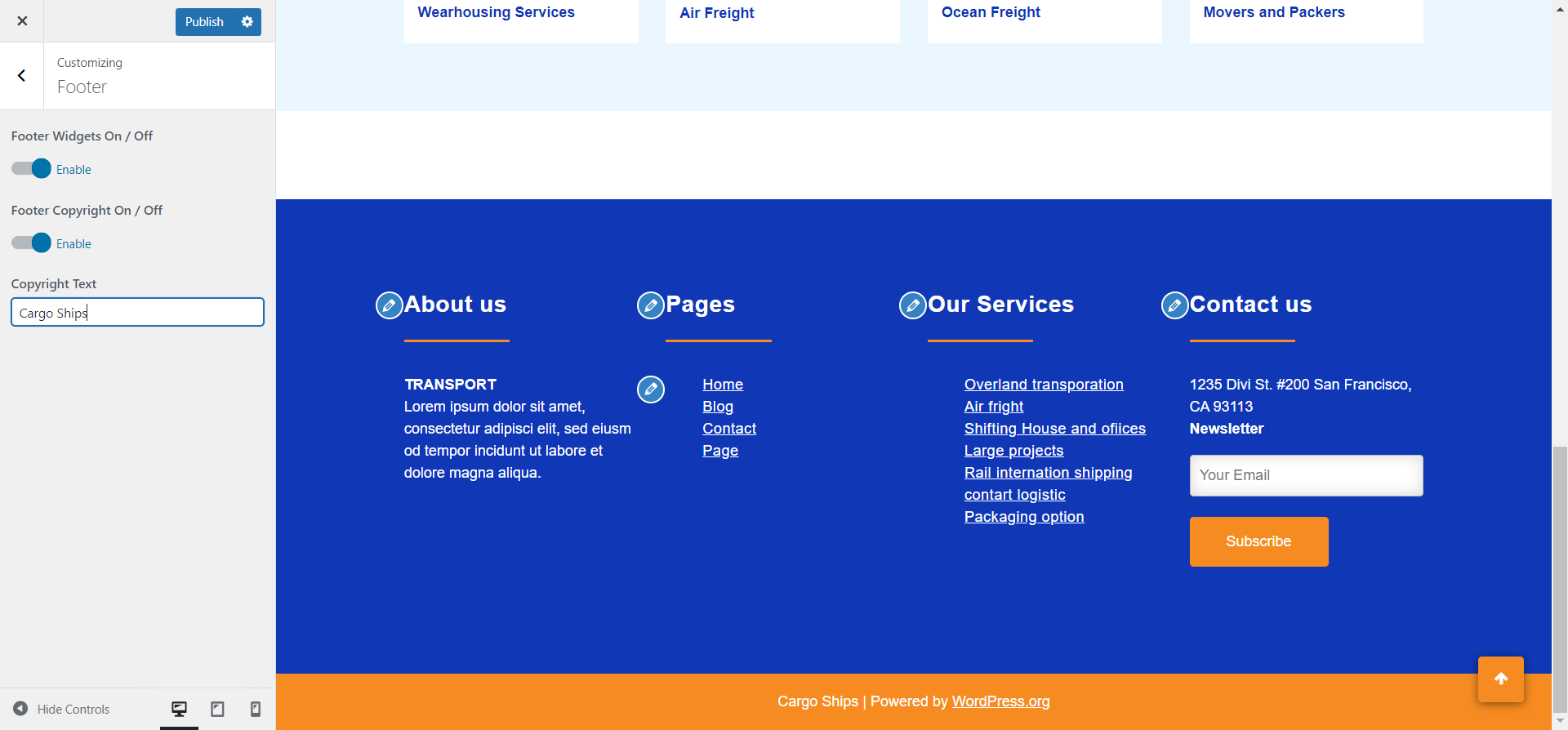
On the front end, the appearance will resemble the following.
